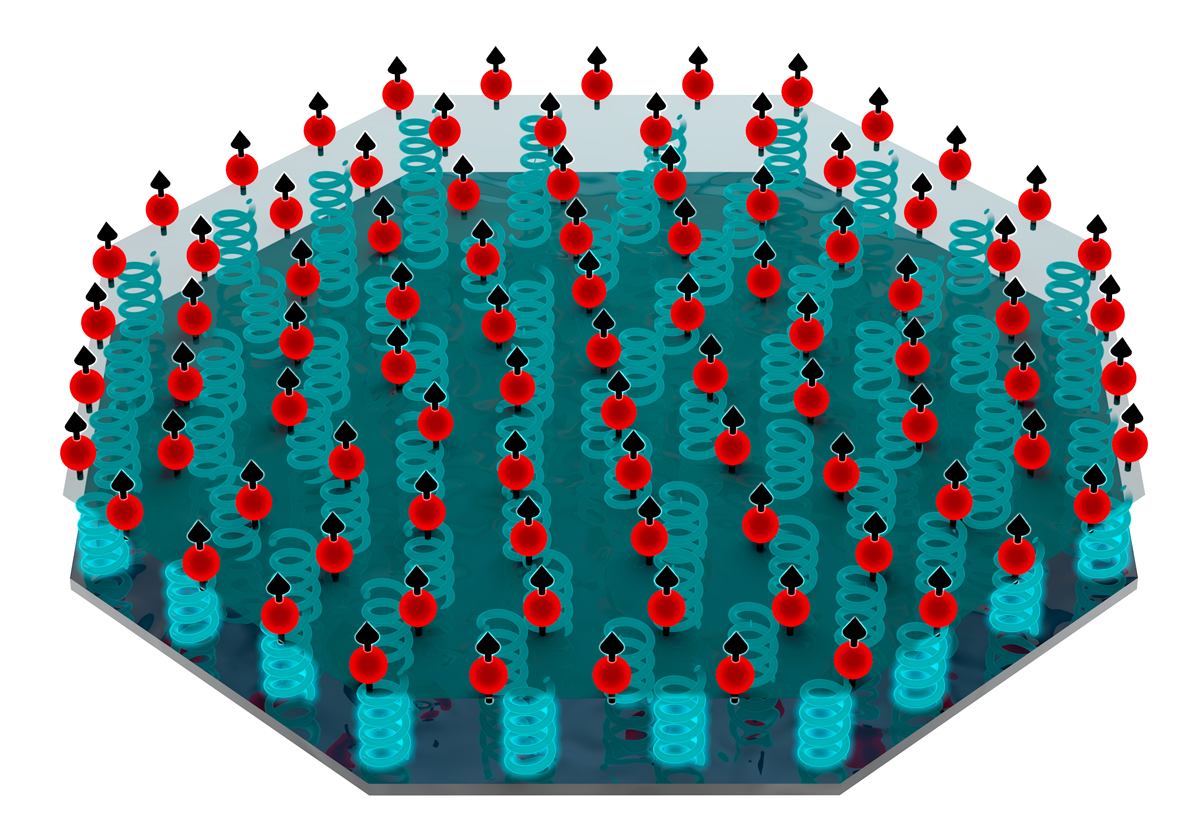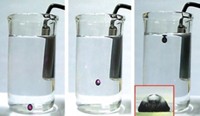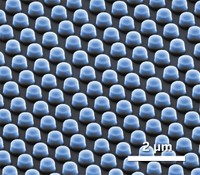Advertisement
Grab your lab coat. Let's get started
Welcome!
Welcome!
Create an account below to get 6 C&EN articles per month, receive newsletters and more - all free.
It seems this is your first time logging in online. Please enter the following information to continue.
As an ACS member you automatically get access to this site. All we need is few more details to create your reading experience.
Not you? Sign in with a different account.
Not you? Sign in with a different account.
ERROR 1
ERROR 1
ERROR 2
ERROR 2
ERROR 2
ERROR 2
ERROR 2
Password and Confirm password must match.
If you have an ACS member number, please enter it here so we can link this account to your membership. (optional)
ERROR 2
ACS values your privacy. By submitting your information, you are gaining access to C&EN and subscribing to our weekly newsletter. We use the information you provide to make your reading experience better, and we will never sell your data to third party members.
Education
Newscripts
Lab Levitation, How Bubbly Is Bubbly?
by Alex Scott
February 16, 2015
| A version of this story appeared in
Volume 93, Issue 7

If your lab needs a bit of a lift, or you find it hard to get your projects off the ground, then a levitation technology developed by a team of scientists from the University of São Paulo, in Brazil, could be just the ticket. Luckily, to deploy this technology you won’t need to install “invisible” wires, have a lab assistant wearing a sparkly outfit, or spend years in a cult learning to hover above the ground while in a transcendental state. In this case, the Brazilian team, led by physicist Marco A. B. Andrade, has done much of the work for you by developing a small device that works on high-frequency sound waves (Appl. Phys. Lett. 2015, DOI: 10.1063/1.4905130).
The levitation device works by reflecting sound waves so that they interact with newly emitted waves. This produces what are known as standing waves, which have minimum acoustic pressure points, or nodes. If the acoustic pressure at these nodes is strong enough, it can counteract the force of gravity and allow an object to float.
The Brazilian scientists designed their levitation device so that it reflects sound waves from a source above a concave reflector. The device is the first of its kind with a reflector that has a modifiable orientation so that hovering particles can be moved around, the inventors say.
This development may be an important step toward building larger devices that could be used to handle hazardous materials or chemically sensitive materials, such as pharmaceuticals, or to provide technology for a new generation of high-tech, gee-whiz children’s toys.
Andrade and his colleagues have demonstrated that the device is able to levitate lightweight particles, including polystyrene particles measuring 3 mm across. Despite successfully inventing the levitation device, it sounds like Andrade is keeping his feet firmly on the ground. “The next step is to improve the device to levitate heavier materials,” he says.
The Brazilian scientists might well have celebrated their high-flying new technology with a glass of champagne, or “bubbly.” For the scientifically minded, sipping champagne could prompt questions such as “How do bubbles form?” and “How many bubbles are in my glass?”

Carl Djerassi, an award-winning organic chemist who passed away recently at age 91, was so intrigued by the topic that he wrote a play, “Insufficiency,” about the fictitious academic subject of “bubbleology.” But there are those whose study of bubbles in bubbly is more scientific.
Number cruncher Gérard Liger-Belair of the University of Rheims Champagne-Ardenne—yes, that Champagne region in France—who heads a research group named “effervescence” has developed a mathematical model to determine how many bubbles form in a glass of sparkling wine (J. Phys. Chem. B 2014, DOI: 10.1021/jp500295e).
The number of bubbles likely to form in a single glass results from the relationship among dissolved carbon dioxide, tiny gas pockets that are trapped within particles and act as bubble nucleation sites, and ascending bubble dynamics, Liger-Belair found. His conclusion is that each glass of bubbly has about 1 million bubbles.
Although Liger-Belair’s calculations involve an understanding of the chemistry associated with bubbles, it is noted that the subject also demands a certain amount of fizzics.
Alex Scott wrote this week’s column. Please send comments and suggestions to newscripts@acs.org.





Join the conversation
Contact the reporter
Submit a Letter to the Editor for publication
Engage with us on Twitter